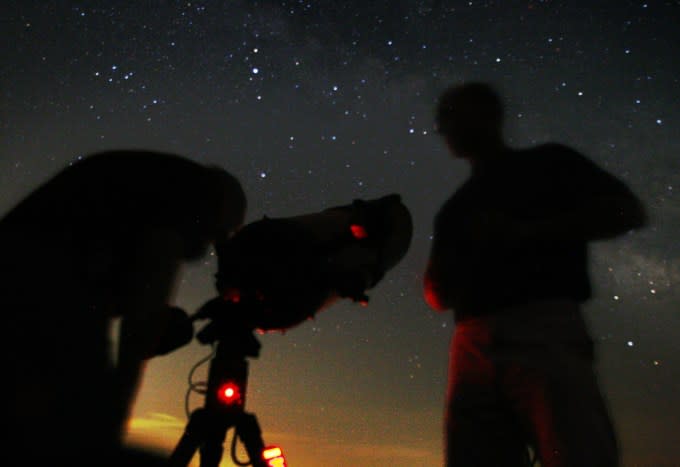TechCrunch Space: China's victory
Hello and welcome back to TechCrunch Space. Unfortunately, Boeing's Starliner launch was delayed yet again, this time due to issues with one of the three redundant computers used by United Launch Alliance, the rocket provider, to initiate the launch sequence. Those computers are supposed to work in sync, but one of them was moving a little slowly, which initiated an automatic halt.
Next possible launch dates? June 5 and 6.
Want to reach out with a tip? Email Aria at aria.techcrunch@gmail.com or send me a message on Signal at 512-937-3988. You also can send a note to the whole TechCrunch crew at tips@techcrunch.com. For more secure communications, click here to contact us, which includes SecureDrop instructions and links to encrypted messaging apps.
Story of the week
A Chinese spacecraft successfully landed on the far side of the moon on Sunday with the aim of bringing back lunar rock samples. The Chang’e-6 lander touched down in the South Pole-Aitken Basin, China's space agency said.
The mission is expected to last over 50 days, and its just the latest in a growing string of successful Chinese moon missions.
https://twitter.com/SegerYu/status/1797105700629606634
What we're reading
The New York Times dove into the question of whether or not Elon Musk's SpaceX is using unfair tactics to maintain its dominance in the launch industry. According to some other space CEOs, the answer is yes. This story ignited lots of commentary online, and whether you agree or disagree at the outset, it's worth a read.
This week in space history
We made history today, folks! Six planets aligned in the sky this morning in a rare celestial event sometimes called a "planet parade." Mars, Saturn and Jupiter were visible to the naked eye -- the full lineup, in order, is Jupiter, Mercury, Uranus, Mars, Neptune and Saturn, plus a bonus crescent moon!


 Yahoo News
Yahoo News 
